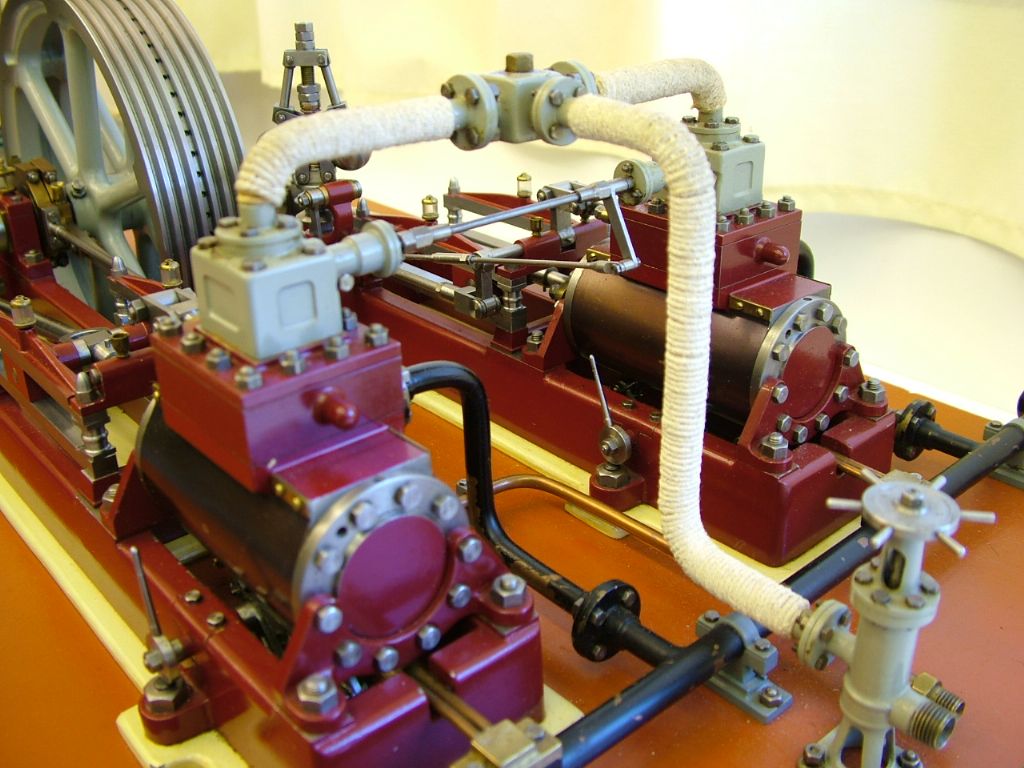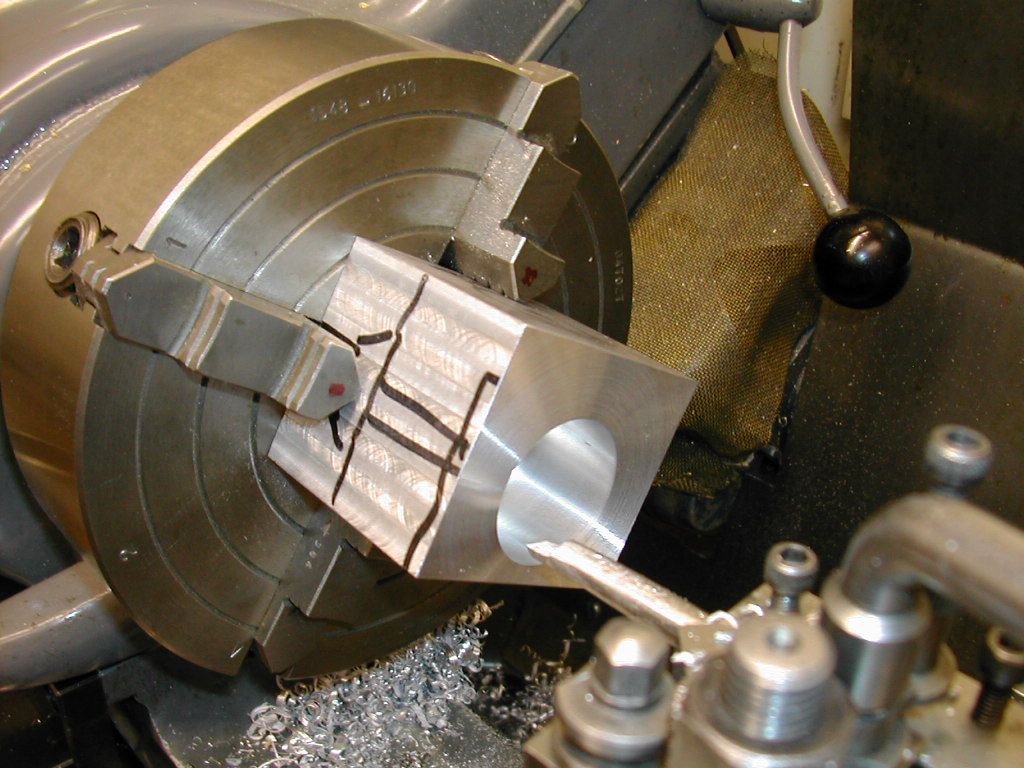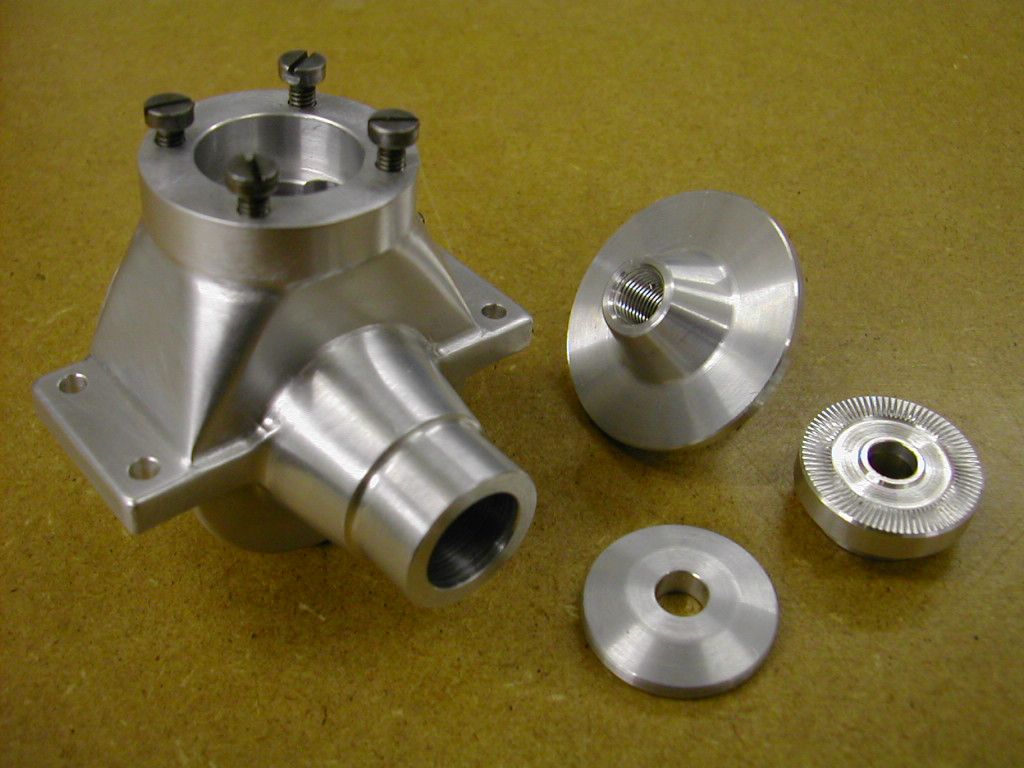I think I'll have a change from the cylinder end, and machine the main bearings:

Obviously they need a good initial clean-up, but I was wondering the best way to proceed? The instructions are for a single cast version that you cut in half, re-attach with solder and studs/nuts, before machining the bore. The ones I've got are in two cast halves. I was thinking:
1) Mill the base flat, but leave it a bit thicker than final dimension.
2) Mark-out the bearing split line (based on height measurements of the cylinder centreline as mounted to the base). Hopefully this figure should pretty much match the figure specified.
3) Stand on milled base, clamp sides, and mill the bearing split line (making sure once assembled it will end up in about the right place to keep the boss concentric with the cast upper cap).
4) Mill the cap bearing face (again making sure when the boss is cleaned up it will be concentric with the cast outer profile of the upper surface), then mill the oil cup face.
5) D&T the cap bolt holes and secure the halves together (don't bother soldering).
6) Put in 4-jaw and bore or ream the hole. This is what the instructions say, but I was thinking the location of the part just on the narrow base face and oil cup face was a bit sketchy for getting the bore dead square to the crankshaft axis?
7) Turn & face the bosses (these are already undersized in terms of width, so I guess the eccentric will need some compensation to get the right offset).
8) Using the boss faces as datums/clamping surfaces, re-mill the base to be the correct thickness – this should also ensure it's square to the axis (see my assumption in 5).
9) Mill to of base ears and base mounting slots.
What do you think?
Thanks.
 JasonB.
JasonB.

![20220708_144841[1].jpg 20220708_144841[1].jpg](/wp-content/uploads/sites/4/images/member_albums/44290/911107.jpg)























